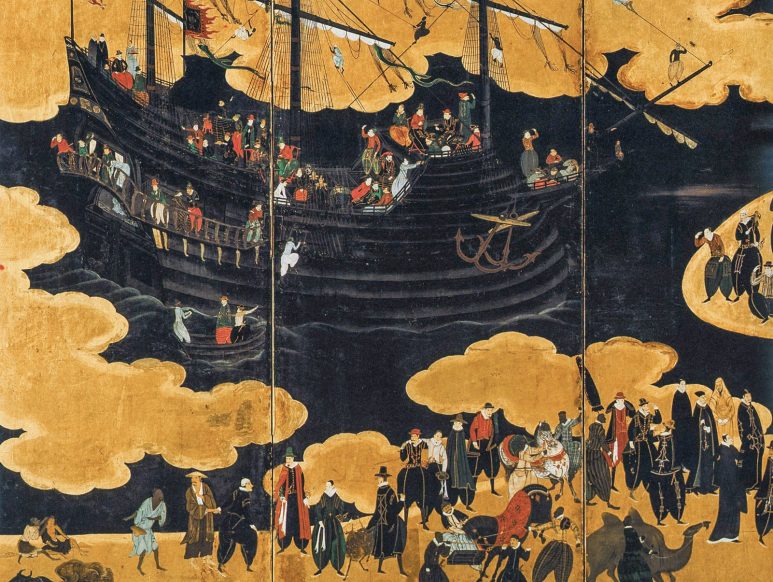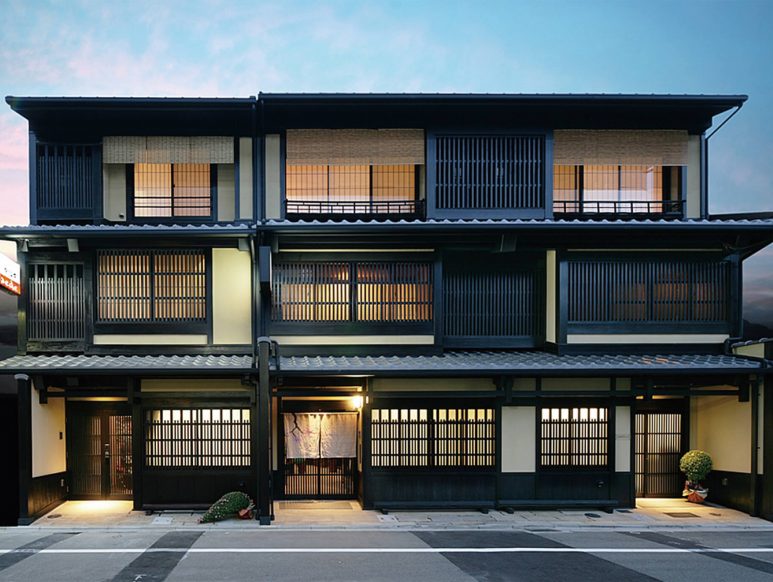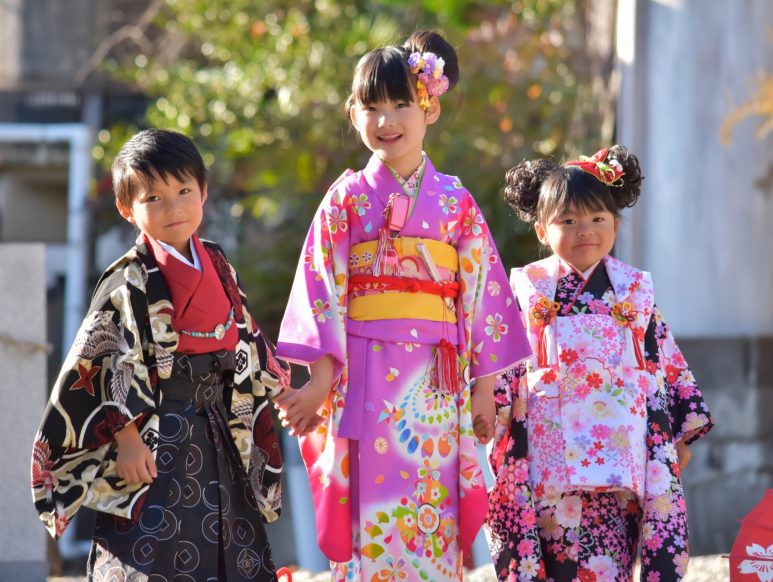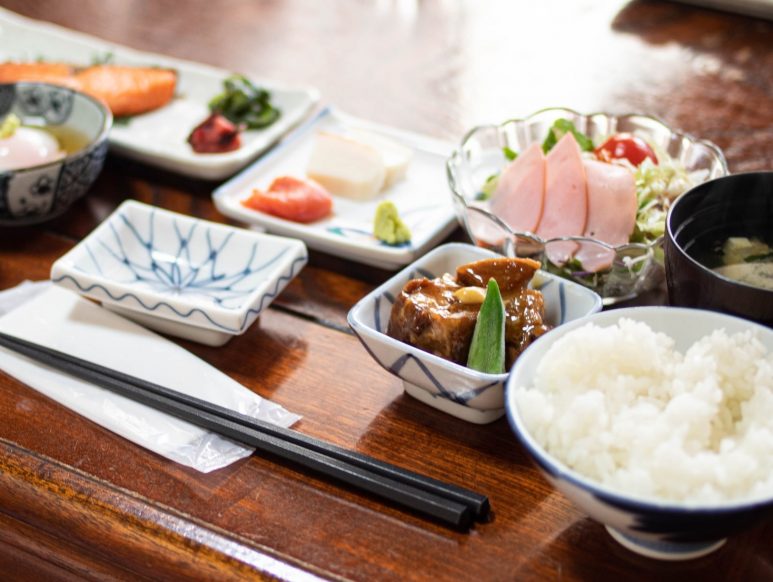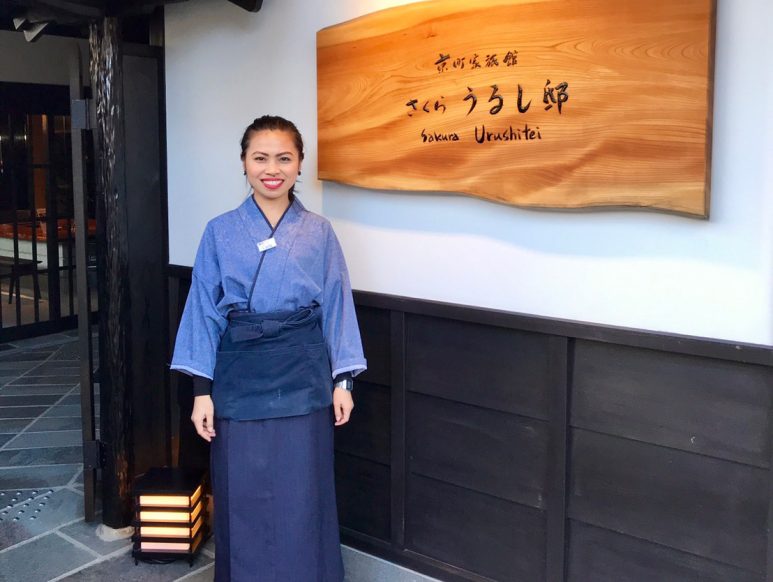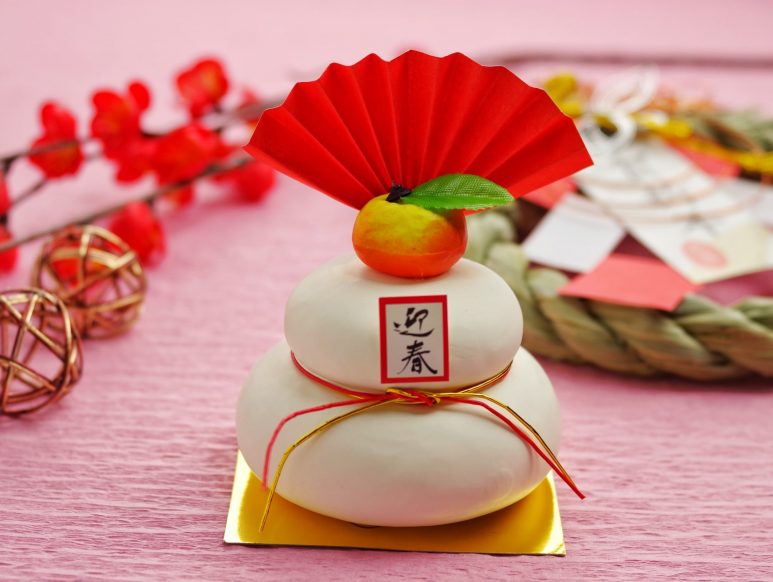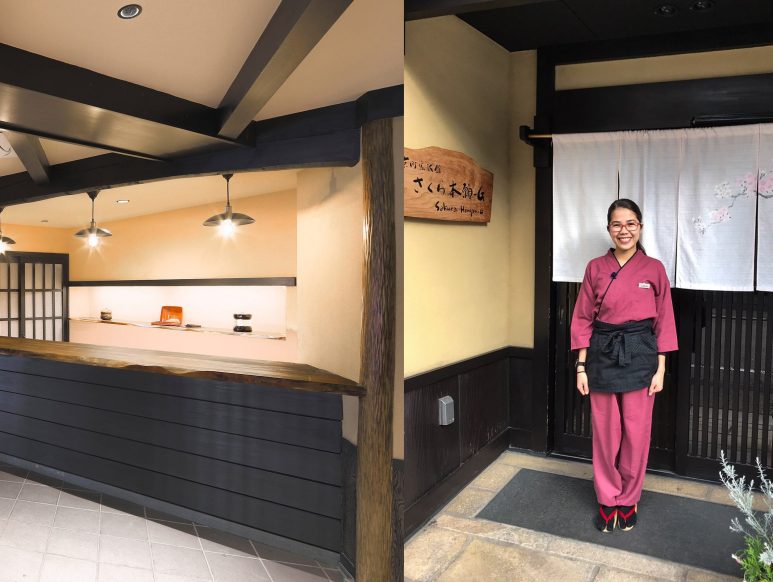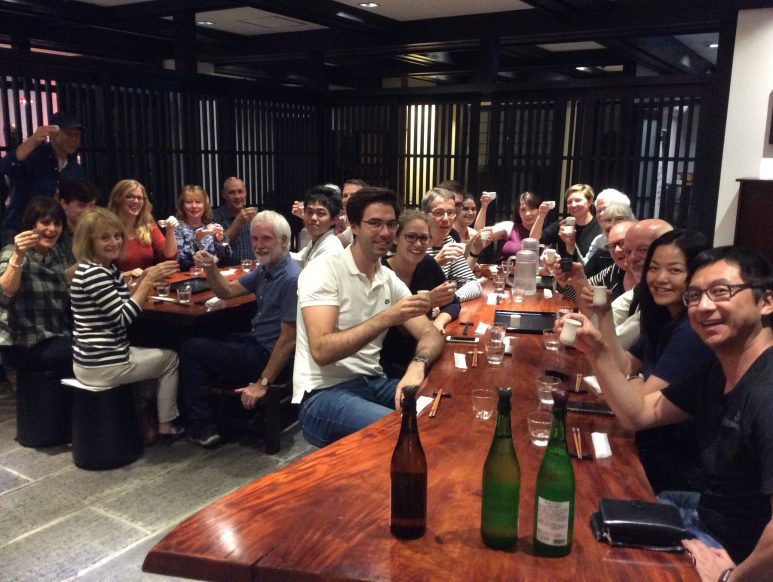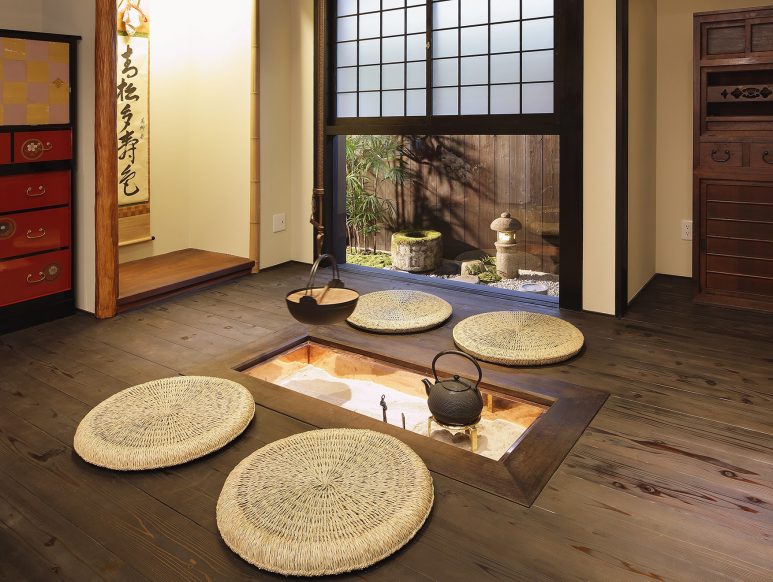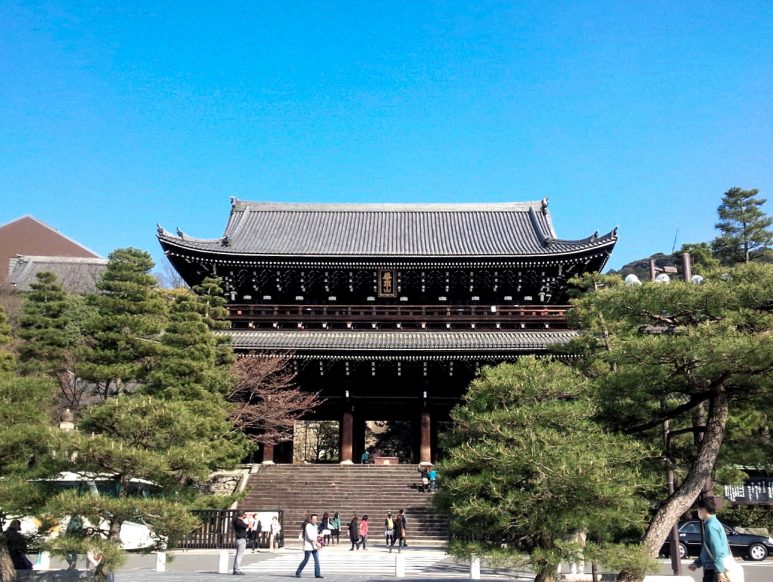Jan 9, 2020
- Kyoto
- Sakura Hongan-G
- Sakura Urushitei
Urushi: All about Japanese lacquerware and where to find it in Kyoto
Lacquerware can be found all over the world. Vietnamese lacquerware is famous for its bright hues and eye-catching patterns. Burmese lacquer products feature signature turtle-shell motifs that appeal to everyone. You can travel the whole world in search of the best lacquerware but you will always come back to Japan. Japanese lacquerware has the highest quality and finesse that does true justice to this ancient art. The importance of Japanese lacquerware is demonstrated by the fact that the Japanese Government has recognized it as a ‘Traditional Japanese Handicraft Form’.
History of Japanese lacquerware
Lacquerware has a rich ancient history. Lacquer was primarily used as an antiseptic and an adhesive in the Stone Age. In the Jomon Period about 15000 years ago, craftsmen were impressed with the shine and durability of urushi or lacquer. The Buddhist community set up lacquer production as an industry in Japan. It started from lacquer on cloth and then it was seen on all kinds of daily use objects.
Later, in the Nara Period (710-784 AD), the maki-e technique was developed. It involved sprinkling gold or silver dust on the lacquer surface to enhance its beauty. In the Edo Period (1603-1868), lacquerware received a lot of attention and developed into a complete form of art. The most notable lacquerware from the Edo Period was no doubt the inro tradition. Small medicine containers hung from the obi worn around the waist were decorated with lacquer to make a style statement. These were called inro.
In the 16th century, lacquerware exports increased significantly. It became so popular around the world that by the 19th century, lacquer was referred to as ‘Japan’ by the British. This is similar to how ceramic is still referred to as ‘China’. Japanese lacquerware was influenced by Chinese art as well as European (1868-1912) culture but it took a life of its own very soon. Complex lacquer techniques made the Japanese lacquerware stand out from the crowd.
How Is Japanese Lacquer Made?
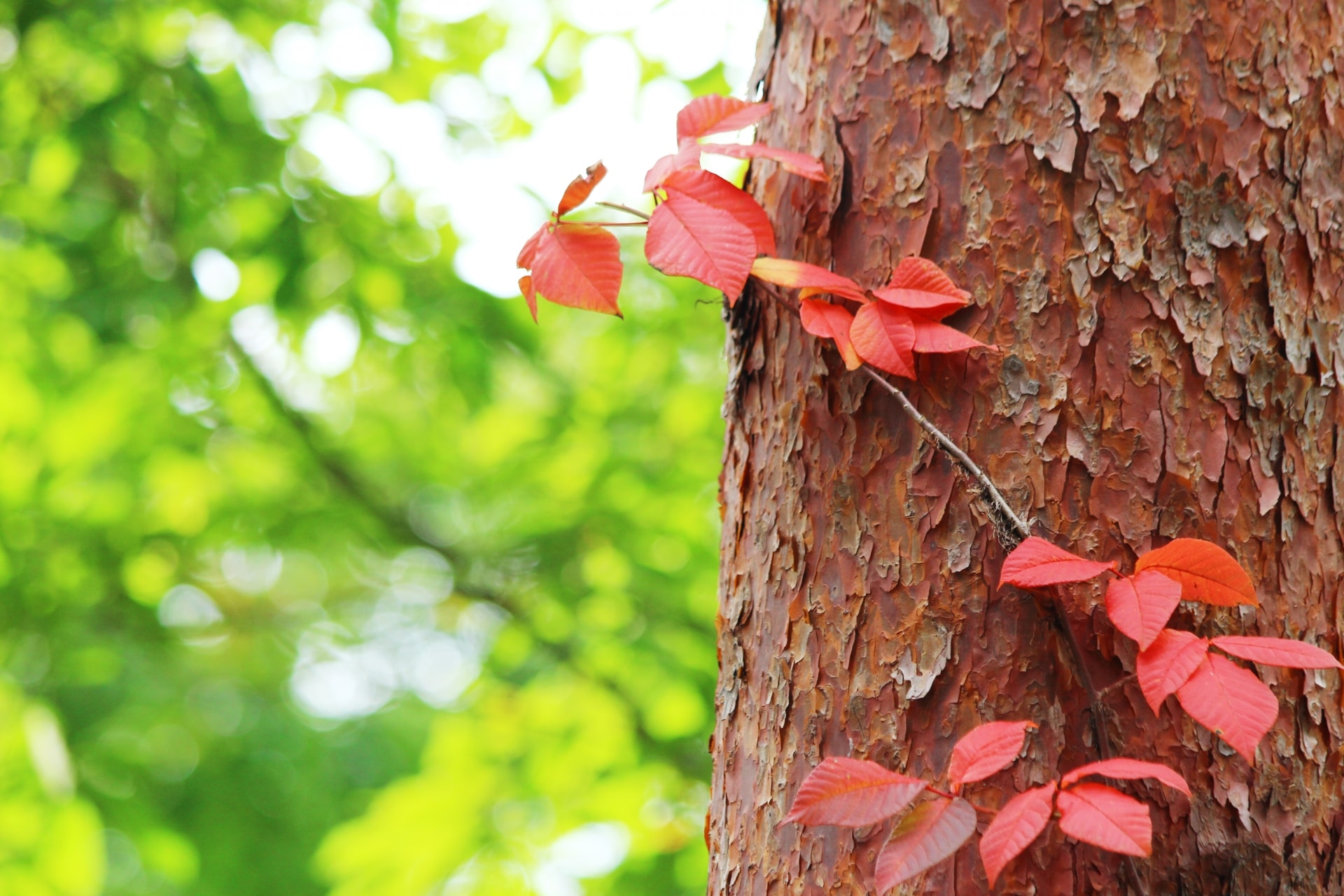
Lacquer is extracted from the sap of the urushi or lacquer tree native to East Asia. Urushi means lacquer. In its purest form, lacquer is highly poisonous. The sap releases allergic oil called urushiol that is very harmful. To collect the lacquer, slashes are made in the urushi sap. The liquid is filtered multiple times through a special paper. Before it can be applied, lacquer is gently heated after extraction to remove all toxicity and excess moisture. Lacquer has all the properties of plastic. It is durable and hardens when exposed to moisture and air.
How is Lacquer Used?
Japanese lacquerware has many techniques. Each has its own level of complexity and attention to details. Craftsmen have to practice for years to be able to perfect their skills. Most techniques have five main steps. The surface is primed and polished first. Multiple layers of lacquer are then applied to the surface. Each layer is dried completely and then the next coat of lacquer is applied. This requires very steady hands and patience to accomplish. Designs and patterns can be made when the lacquer is wet. Colors can be added to make a pictorial design. Another layer of lacquer seals in the design.
A popular decorating technique that elevates Japanese lacquerware is the maki-e in which gold or silver dust is sprinkled on the lacquered surface before giving the finishing touches. Mother of pearl inlay or raden is also seen in lacquerware. Most common colors in Japanese lacquerware are red and black. The final product has a unique luster and the design shines through. The final step involves applying and polishing the last layer of lacquer. It is extremely crucial to perfect this step and avoid any dust particles to settle before the top coat of lacquer dries.
Where is lacquer used?
Lacquer can be used on a variety of materials that helps increase their strength. Wood, glass, fabric and even paper can be used to design tableware, decoration and stationary products. Lacquer makes them durable and long-lasting. Lacquer is also used to design unique wallpapers. In buildings and homes, we can find Japanese lacquer on furniture. Wooden screens are also designed by lacquer artists to add a traditional charm to any room.
Lacquerware in Kyoto Temples
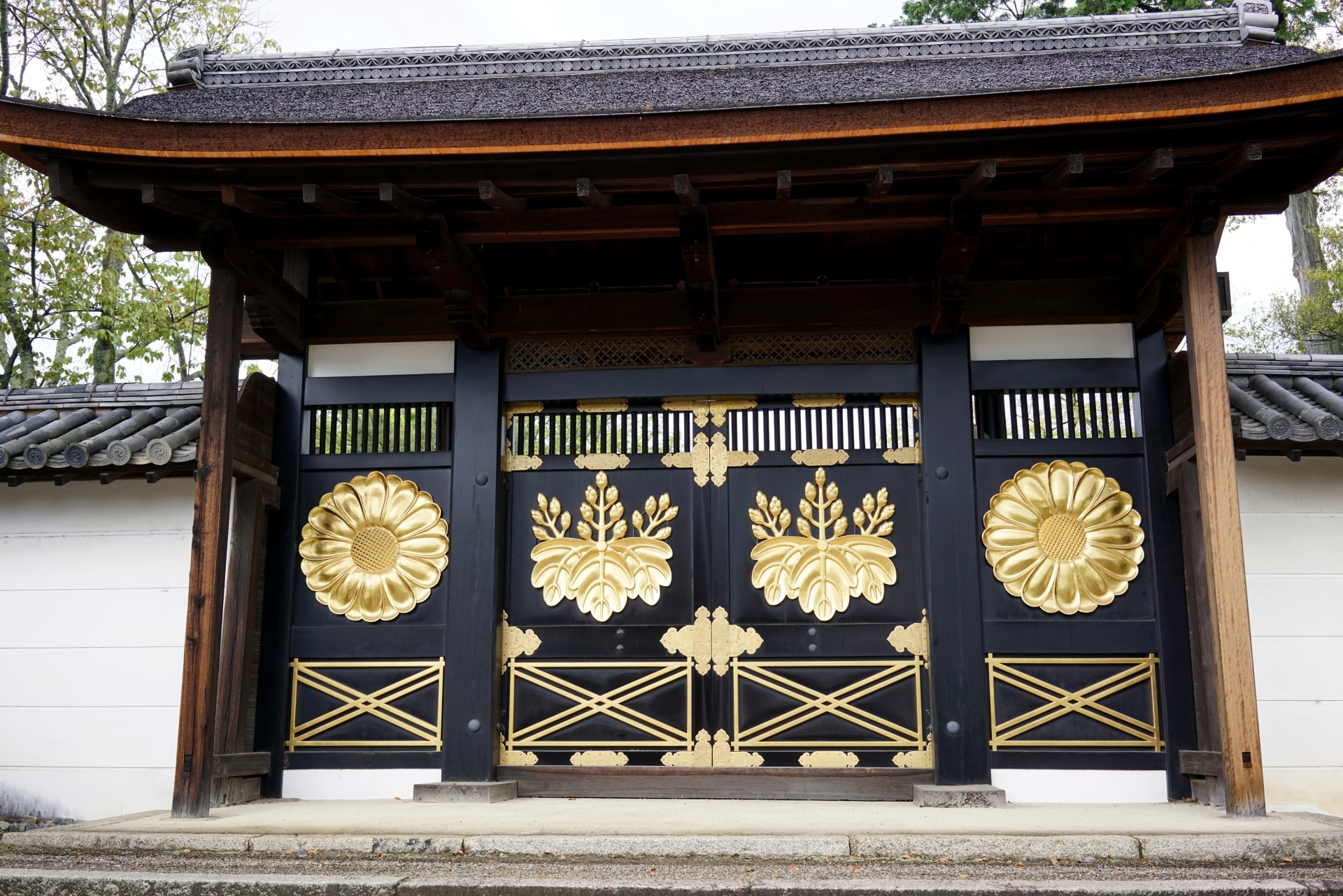
Today, lacquerware is limited to ornamental items in Japan. But if you look elsewhere, lacquer art can be seen all over Kyoto mainly in temples. The most beautifully decorated temple is the Kodai-ji Temple in Kyoto. It is famous among locals and tourists alike for its brilliant gold lacquered designs. The Higashiyama Jisho-ji Temple has more serene and under-stated forms of Japanese lacquer art. Other famous temples exhibiting Japanese lacquer art include Kinkaku-ji and the Kiyomizu-dera temples.
Japanese Lacquerware stores in Kyoto
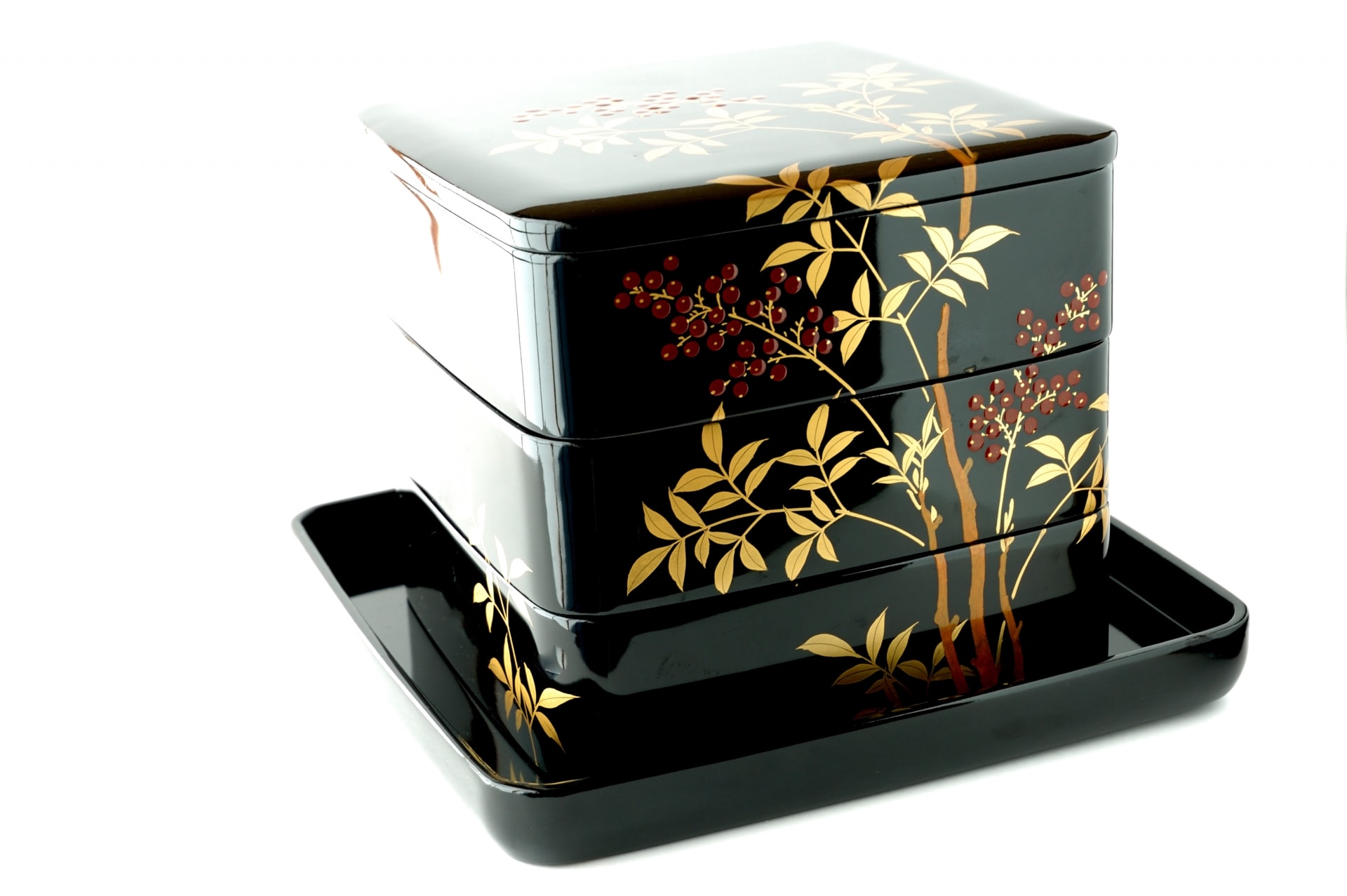
Kyoto boasts quite a few museums and shops that display all kinds of lacquerware. These are available for purchase as well. Paintings, decoration pieces, furniture and crockery of all price ranges can be viewed here. A variety of lacquerware is available at the Kyoto Handicraft Store. Daily dining ware, stationary and jewelry cases for personal use as well as gifting can be found here especially for tourists.
Expensive Kyoto lacquerware is stocked at the Zohiko Store located near the Heian Shrine. The store dates back to the year 1661 and attracts a majority of tourists looking to take back a unique piece of Japanese art back home. The shop is artistically designed and illuminated to showcase each piece beautifully. The Zohiko store is very active in preserving Japanese culture and it has a small museum dedicated to unique Kyoto lacquerware and crafts for this purpose.
Japanese lacquerware in the Museums of Kyoto
The Kiyomizu Sannenzaka Museum has a collection of lacquerwares designed with old techniques. Posters and videos are available to see how different methods were used to create maki-e designs. The museum is small and intimate but very popular among artists. Rare pieces are often displayed in special exhibitions. Fortunately, affordably-priced lacquerware can also be purchased at a small gift shop beside the museum. The Gallery of Kyoto Traditional Arts and Crafts houses traditional as well as modern Kyoto lacquerware. It is a hub of local artists and students hoping to showcase their skills. Popular shops that design and sell lacquerware often introduce their collections at the Kyoto Gallery for more exposure.
A ryokan Hotel representing Japanese Lacquerware in Kyoto
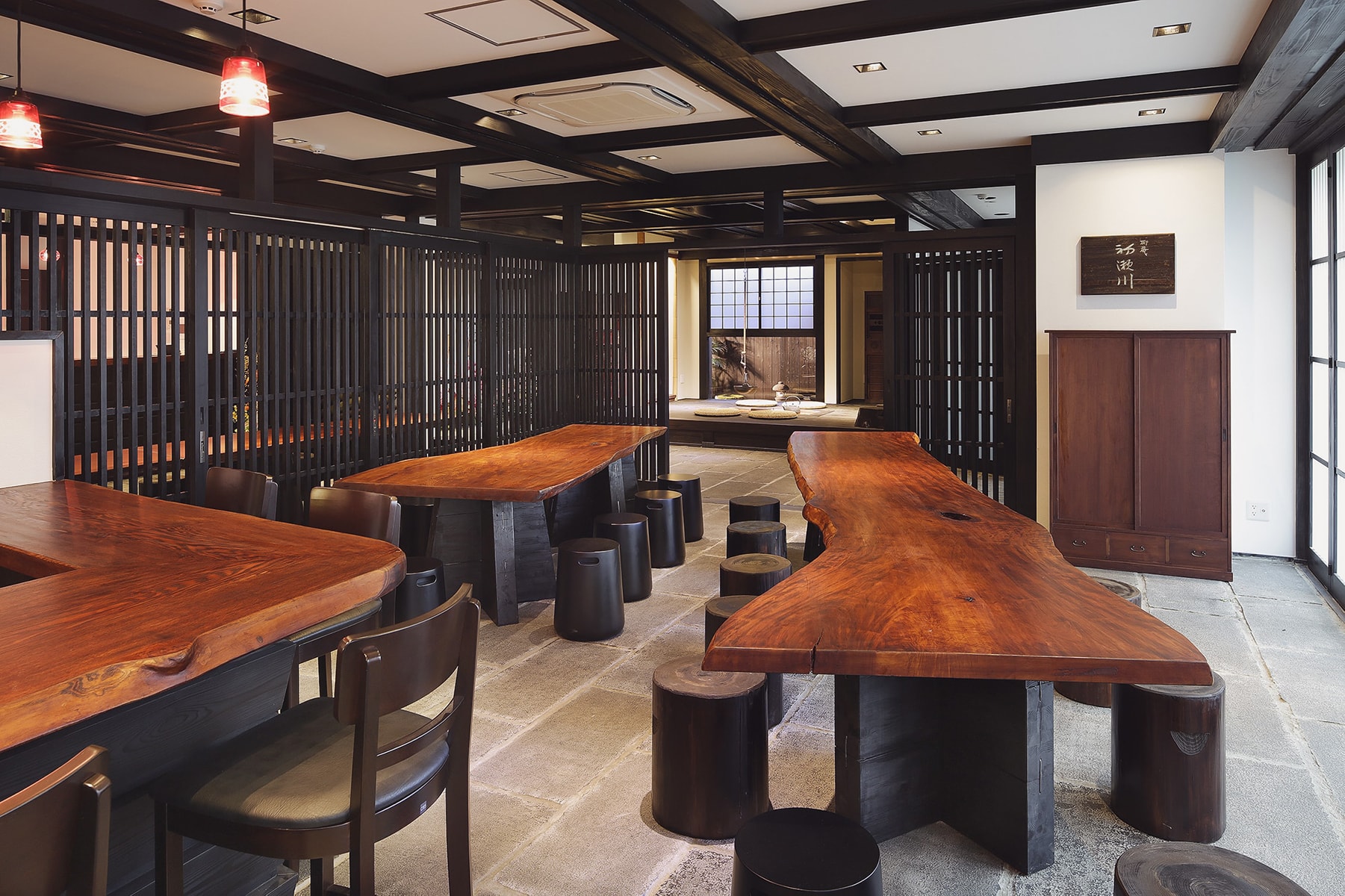
This traditional Japanese Ryokan Hotel was built on the same land where the long-established Ryuan Hatsusegawa used to produce its fine-quality Japanese lacquerware since 1792.
“Rather than making something for people to store in their collection,
I aspire to make them their favorite lacquerware that they actually use often.”
These are the words that the master of Ryuan Hatsusegawa, said in a magazine interview. For a very long time, this place was where countless works have been made for people who love urushi.
In Kyomachiya Ryokan Sakura Urushitei you can see and experience many different forms of urushi art. From tableware, to wall decoration, furniture and architecture, lacquerware dominates the interior of the ryokan.
Stay with us and take a look at it yourself!
See availabilities here or contact us first that we can even add a Japanese pottery course during your stay.

